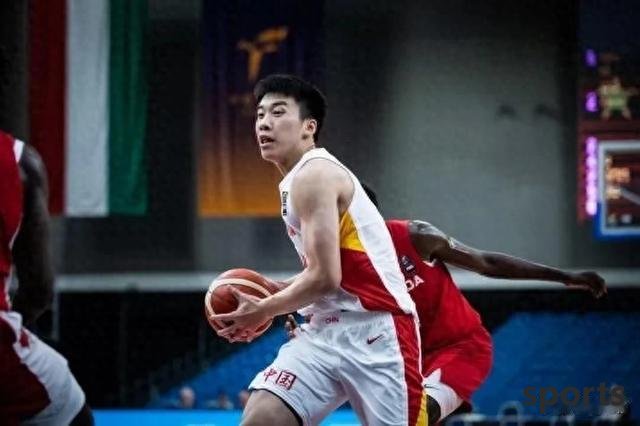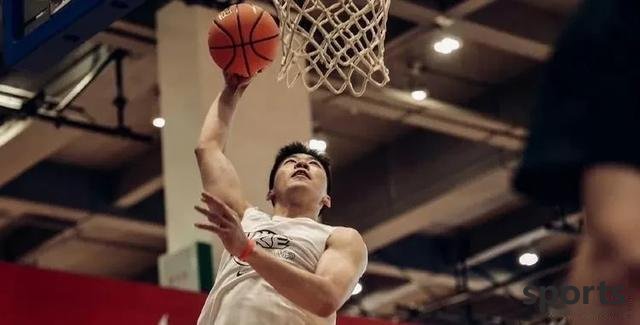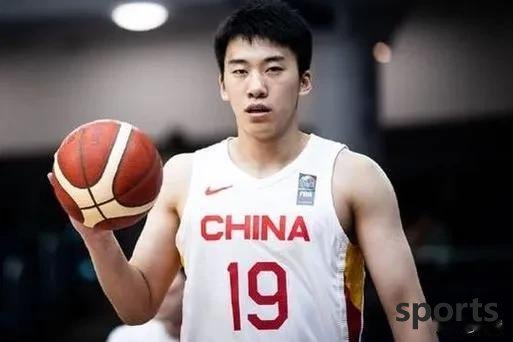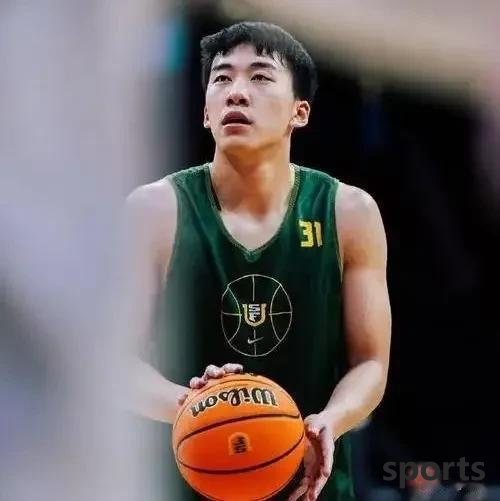AA-Sport > Basketball > Low-key returnees are expected to become the answer to the future men s basketball forward
Low-key returnees are expected to become the answer to the future men s basketball forward
When the final whistle of the Chinese men's basketball team defeating the Netherlands in the warm-up match, 19-year-old Wang Junjie scored 13 points and 7 rebounds. Although the data is not particularly dazzling, fans have seen hope in him - this unknown returnee forward line is quietly changing the disadvantages of the national team with its all-round attribute of "both offense and defense".

The basketball path of Wang Junjie is not a product of the traditional system. As early as high school, he went to the United States and honed in the NCAA Division II League for three years. This experience allowed him to develop traits that are difficult to replicate in China's youth training: his ability to catch the ball outside the three-point line on the offensive end (2 of 3-pointers against the Netherlands), and his agile ending when breaking through combined with European steps; his accurate sense of defense and strong rebound positioning awareness were both chosen to surpass the domestic forward line. While his peers in China were still adapting to professional confrontation, he had already tempered the prototype of "3D+" in his hand-to-hand combat with the American forward.

Technical puzzle, filling the national team's shortcomings
Currently, the men's basketball forward line is deeply trapped in the dilemma of "strong offense and weak defense" or "strong defense and weak defense". Wang Junjie is like a perfect puzzle: the offensive end can be used as a space-type fourth position to open the position (height 2.06 meters), can also hold the ball to start the pick-and-roll, and has a small throw shot near the basket; the defensive end moves horizontally enough to replace the defender, and the European inside is not frightened. In the game against the Netherlands, he switched defenses many times to limit the opponent's defenders' breakthroughs, and was able to follow up dunks in fast breaks. This ability to seamlessly switch off offense and defense is the most eager forward answer in the men's basketball system. The future core needs to cross the triple goal
Wang Junjie's rise coincides with the key node of the Chinese men's basketball team's new and old alternating between old and new. Against the backdrop of Zhou Peng's gradual retreat and Zhang Zhenlin's emphasis on ending, he is expected to form a "high and low position dual axis" with Yang Hansen, becoming the tactical fulcrum for positional combat card dealing. But in order to shoulder the core responsibilities, he still needs to break through the three tests: First, strengthen muscles and strengthen confrontation (currently only 95 kilograms) to cope with the physical crushing of European and American teams; second, improve the stability of holding the ball and evolve into the organizational forward; third, stay healthy - he missed a critical season due to an ankle injury during his stay in the United States, and tolerance will be a key variable in the growth ceiling.

This once unknown young man is using his actions to interpret the value of "returnees". When Wang Junjie runs tirelessly on both ends of the offense and defense, what we see is not only the rise of an all-round forward, but also the answer to the dilemma of the Chinese men's basketball team's forward line - a low-key but hard cornerstone is already on the road to growth and rise.

Related Posts
The 25-26 NBA regular season has just started, and the performance of these players is really terrible.
BasketballThe 25-26 NBA regular season has begun. Teams that made a lot of moves in the offseason this year did not seem to have a satisfactory start to the regular season. The Mavericks and Rockets even suffered two consecutive losses at the beginning. The p...
more40 free throws in two games! Alexander only ranked 7th in the number of free throws made in two consecutive games!
BasketballOctober 26th: Alexander scored a total of 40 free throws in the two games of the new season. In the ranking of free throws in two consecutive games in NBA history, Chamberlain had a total of 49 free throws in two consecutive games, ranking first. Th...
moreThe two top teams in the Southwest Division both suffered two consecutive losses. Ignoring CP3 during the offseason reinforcements may be the biggest failure. The Clippers laughed.
BasketballThe NBA regular season is in full swing. The Houston Rockets and Dallas Mavericks, two teams in the Southwest that have attracted much attention during the offseason, are facing their second game. The Rockets challenged the championship Thunder in t...
more
Hot Posts
- Warriors: Petition Seth Curry to become the number one jersey sales in the season
- Congratulations to the Lakers! The forward line is traded, and it would be perfect to trade Reeves for Avdia
- The curtain of the NBA in the new season is about to kick off, and the heroes compete for the destiny
- Lakers General Manager Robert Pelinka was interviewed and responded positively to various speculations surrounding LeBron James recently
- US media commented on the strongest player every year in the 21st century: James dominated in 8 years, O Pang Kobe Jokic dominated in three consecutive games
- Only 505 points away, this 51-year NBA record will be broken by Westbrook in the new season
- The Lakers are really ungrateful! If James hadn t joined, the Lakers Dynasty would have collapsed long ago
- HG08 2025 NBA Finals: 4 Things to Watch in Game 6 of the Finals
- Young Hero! Jaylenway scored 40+ in the finals in the first three years of his career. In 2006, Wade s first player
- G1 in the Eastern Conference Finals made a shocking comeback! Brunson scored 40+, but he said this when interviewing him after the game!
Recent Posts
-
Reed: After the 2008 Olympics, everyone has been raised to a new level. Unfortunately, I suffered a serious injury
-
How intense is the Rockets training? Shin Kyung dunked and called out to Adams, and Smith Jr. dunked the two
-
Crazy night! Westbrook undergoes surgery, James squirts the league, and the Clippers look forward to renewing Harden
-
Anonymous coach: Castle plays remind me of young Kobe, who has confidence in rushing the basket
-
Ryan + Hayes is likely to leave the team and Kroko is expected to become a regular person. US media suggests that three parties trade to chase platinum
-
Average of 30+5+4 in the finals, he was elected as FMVP! SGA single-season Grand Slam has reached the first player in the history of the Thunder
-
Pacers entry outfit: Halliburton s white clothes fluttering, Turner s coat shows the trendy men s style
-
Antetokounmpo may leave the team and lead the robbery! Rockets signing plan: Think Durant is too old + give up pursuing Booker
-
Data proves! The Rockets have 3 singles experts? Jaylen Green misses! The plan to chase superstars can be given up
-
Rockets ranked fourth! US media commented on the top 10 active young core: Lakers unexpectedly selected as Spurs second